The history of Huize Molenaar
Cuisinier Jacob Molenaar
On June 1st 1892, Jacob Molenaar settles in Utrecht at the Hamburgerstraat and begins Huize Molenaar. In 1900, he has the opportunity to purchase the stately mansion at Korte Nieuwstraat 6. The beautiful, partially 18th-century interior is an ideal place for dinners, receptions and celebrations, and he decides to move his kitchen there.
Over the years, Jacob Molenaar builds up a warm relationship with the administrators of the city of Utrecht and her university. For example, a menu has been preserved of the farewell meal of mayor Fockema Andreae in 1933. In honor of the same mayor, an exhibition was organized at the house in 1939, titled “Menus and other tasty memories of the mayoral career of Dr J.P. Fockema Andreae”.
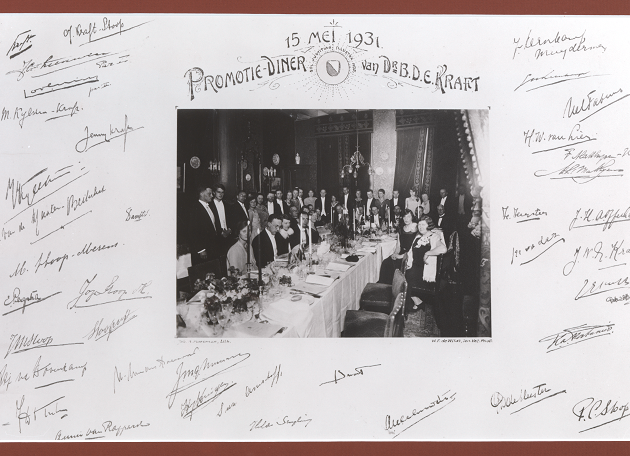
Until the 1950s, all academic promotional dinners and receptions are celebrated at Huize Molenaar. In the early years, the dinners are for gentlemen only. When the ladies are also given the opportunity to raise a glass to the doctoral candidate, they are to be received separately in one of the present “Scheltema kamers” on the first floor. Somewhat later, the ladies can finally take their seats at the same table. However, there is still a difference: while the ladies receive the cover of the thesis, its content is a ladies’ novel!
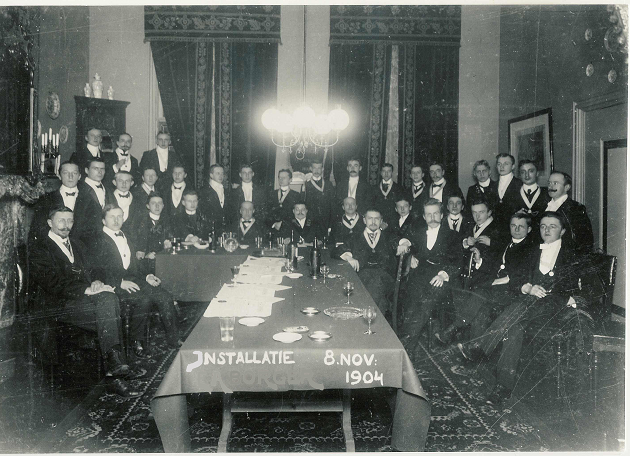
Because of the established affiliation with Utrecht University, Huize Molenaar is also a favored venue for student parties. Even then, these parties could occasionally get quite out of hand. In the 1920s, Jacob Molenaar feels so agitated that he, without mercy, returns the coat of arms of the student union, which hung above the front door during their festivities. His message seems clear: he no longer appreciates these students as his guests. This entire incident causes such a commotion that even the mayor had to be involved.
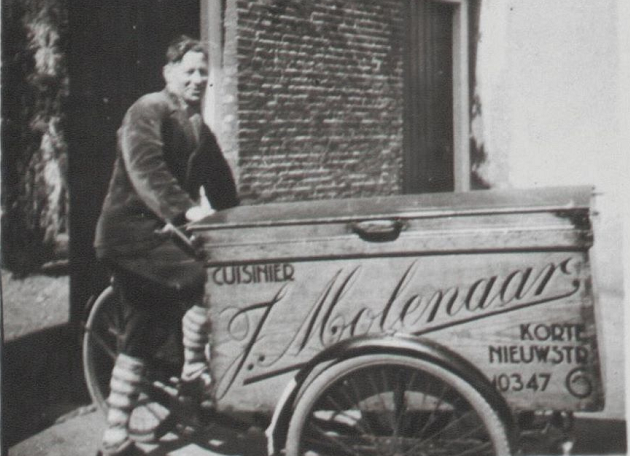
From the very beginning in 1892, Jacob Molenaar has been delivering “dinners at home” every day – a tradition that has continued for over a hundred years. A number of women from the neighborhood delivered the meals on foot. Later, this was done with a handcart. Pans in which the food was placed, were stacked in a holder with hot coal in the bottom part. It is only after the arrival of a delivery car that the clientele expands beyond the canals.
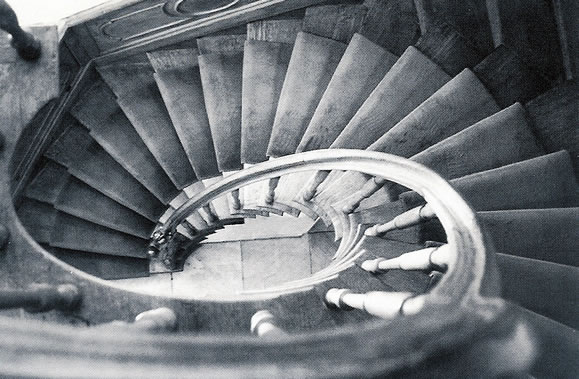
During the Second World War – son and daughter Molenaar have taken over the business in the meantime – Huize Molenaar outwardly functioned as a soup kitchen, while the attic was set up for a number of people who were in hiding. After her brother died, Ms. Molenaar takes over in 1947 in her own characteristic manner.
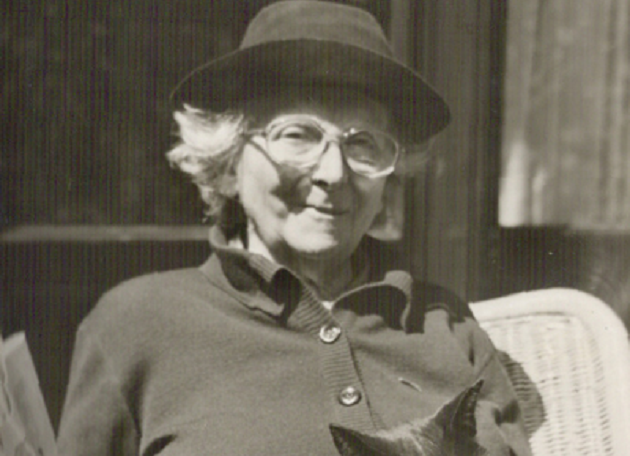
After a period of decline, Ms. Molenaar is forced to close the business in 1973. Unfortunately, finding a buyer proved difficult. When, after a year, no suitable candidate has been found, the Schinkel-Scheltema couple, which then rents the top floor of the house, decides to buy the building to continue the business. This was to the great satisfaction of Ms. Molenaar. Over the years, the venue was restored with the greatest care – the unique interior has been maintained and the homely atmosphere restored.
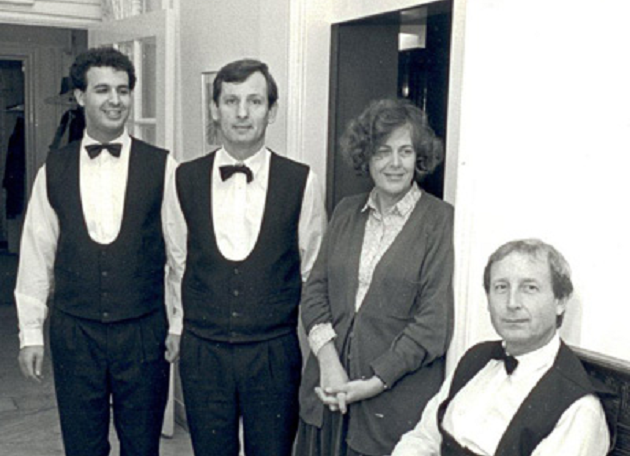
In 2004, Mrs. Scheltema hands the management of Huize Molenaar over to her son. In the following years the business is further expanded. The attics are converted into modern meeting rooms, the Paulus rooms; named after Anton Paulus, who has been employed at Huize Molenaar since the early 1980s.
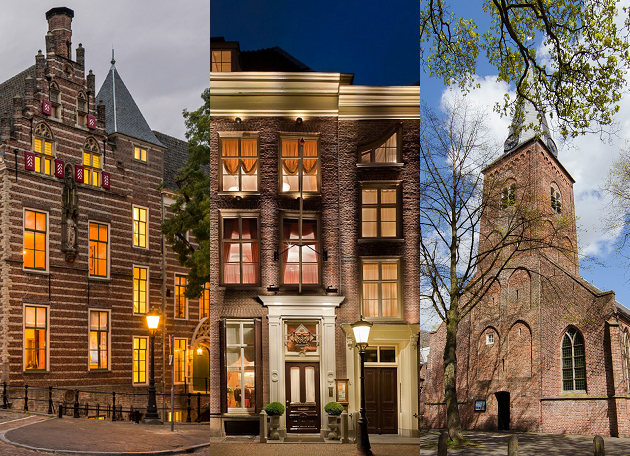
Because the kitchen is expanded and modernized in 2008, serving dinner to smaller and bigger parties is possible. The number of requests for meetings increases to such an extent, that a second location is sought. In early 2012, Huize Molenaar is also allowed to operate Paushuize. A third location, the Geertekerk, follows in 2016.
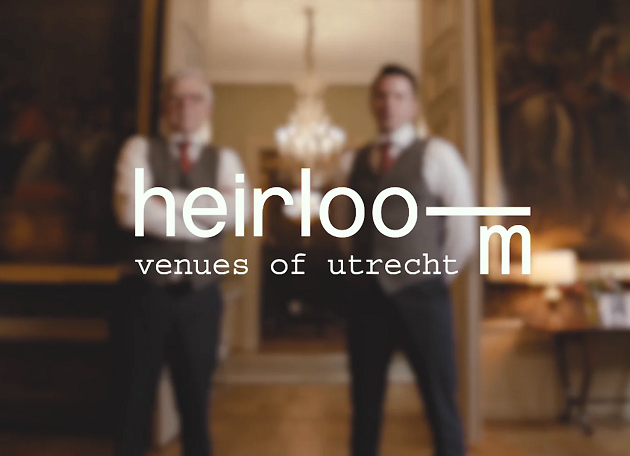
In 2019 the platform Heirloom – Venues of Utrecht is launched on the initiative of Huize Molenaar. This platform aims to open the most beautiful venues of Utrecht through excellent hospitality, and thereby restore them to their perfectly renovated historic state in the most sustainable way possible.
ContactThe history of the Korte Nieuwstraat 6
In 1618, the Korte Nieuwstraat was laid on the terrain of the Paulus Abbey, connecting the Domplein with the Lange Nieuwstraat. The Paulus Abbey is on the terrain between the present Trans, the Korte Nieuwstraat, the Hamburgerstraat, and the Nieuwegracht. Carpenter Gerrit Stoffelszn. Van Laer bought the two plots on the Korte Nieuwstraat in 1621. There were three houses on the plots; one of which was the predecessor of the Korte Nieuwstraat 6. At the time it was a modest house with a stepped gable. At the back was a small courtyard with the former kitchen behind it, against the façade of the abbey.
In 1707 the Pauluskerk was largely torn down. Now the terrain of a few houses on the east side of the Korte Nieuwstraat – among which that of number six – could be extended to the back.
The house now came under the ownership of Mr. Weijer Jan van Overmeer, attorney at law and notary at the Court of Utrecht. He wanted to adapt the old house to his standing and replaced the old house with the new one in the course of the 18th century.
His daughter Catharina Magdalena inherited the house in 1765, after the death of her father. When she survived her four daughters, her husband, and eventually also her son in 1807, she sold the rented-out house. The buyer was Gotlieb Friedrich Hitzeman. The box bed in the girls’ room, a tub in the basement, and a chicken coop in the yard were not included in the sale, because they were the property of the renter, the baron van Heeckeren van Brandsenburg. In 1827 the widow Ernestina Hitzeman-Reiter came to an agreement with the Domains: she also got ownership of the back exit to the Hofpoort.
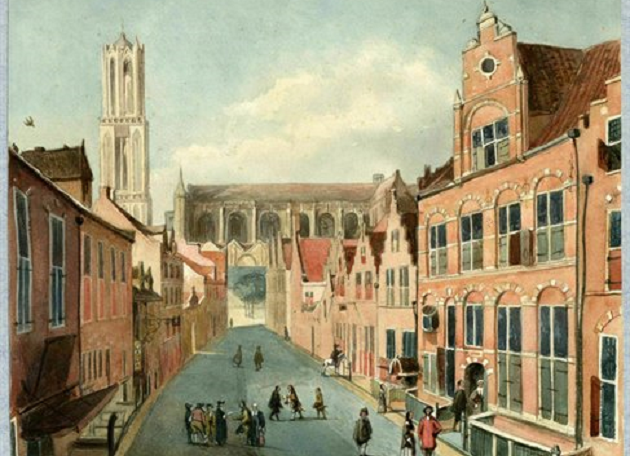
She sold the house to Jan de Kruiff that same year. After his death, his sons Jan and Jacob, a bookseller and a janitor at the Hogeschool, inherited the building. They remained at the Korte Nieuwstraat. Their heirs put the house up for auction in 1900.
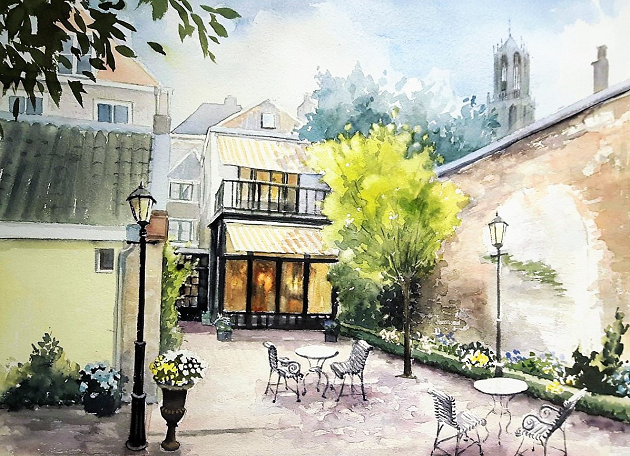
Then, Jacob Molenaar could buy it for 12.800 florins. In 1937 the plot garden with structures at the Hofpoort was purchased. And finally, the complex got its current size in 1948 by buying the adjoining house on the Korte Nieuwstraat 8, where the new kitchen was installed.
